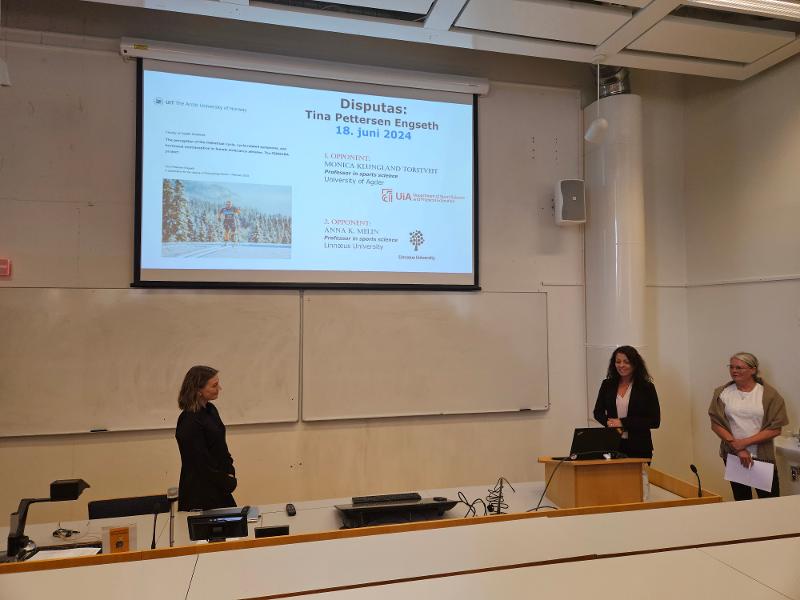Full Project Description
Overview
The differences between men and women in physical development accelerate from the onset of puberty, mainly driven by changes in circulating levels of sex-specific hormones. Thus, women ponteintally respond differently to exercise than men, and should not be treated as “small men”. However, our current understanding of exercise physiology is mainly developed via research on men. There is sparse understanding of women’s exercise physiology due to limited consideration for sex-specific differences, such as the influence of the menstrual cycle and use of hormonal contraceptives.
Project Objectives
The primary objective of the female endurance athlete (FENDURA) project is to provide evidence for optimal training and performance of female athletes, in the prevention of female-specific health-related side-effects.
The aims of theFENDURA workpacakges are:
1) investigate the physiological, performance, and training development of female endurance athletes who have reached the world-class competitive level;
2) examines how the phases of the menstrual cycle and the possible use of contraceptives affect the quality of training, performance and severity of menstrual side-effects in female cross-country skiers and biathletes;
3) consider the effect of hormonal fluctuations associated with the menstrual cycle on the atheltic perfromance of female endurance athletes.
Through these studies, we aim to develop new knowledge that increases coaches and athletes’ understanding, and performance, of female endurance athletes. In addition, we aim to progress scientific research that benefits the health of all women who participate in sports and possibly, as well, enhance female sport participation.
Project Structure
The FENDURA project is led by the School of Sport Sciences at UiT The Arctic University of Norway and financed by the Tromsø Research Foundation. FENDURA works in collaboration with two main partners; the Norwegian Olympic Top Sport Centre (Olympiatoppen) and the NTNU Centre for Elite Sport Research, as well as several national and international research networks. We provide high-quality academic training to developing researchers, to ensure sustainability of research activity in the project sphere. We have also built a solid foundation in Northern Norway with an inter-disciplinary, world-leading research group that focuses on female physiology, exercise and performance, and ensures that UiT is an internationally recognized academic institution in this field.
Link to this page








![]()




